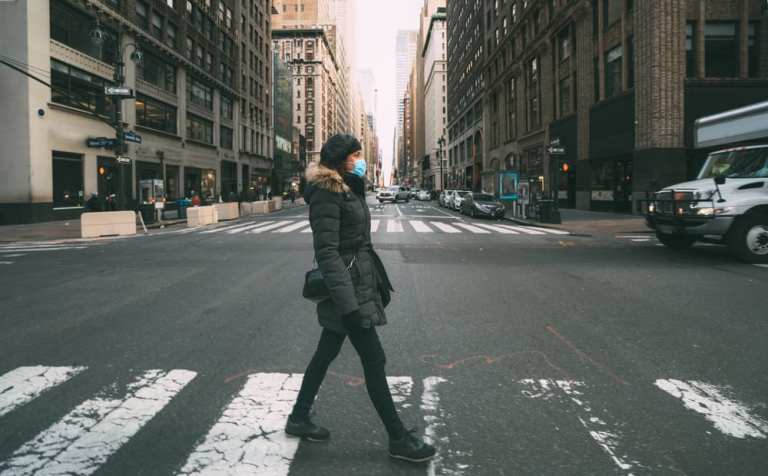
When PYMNTS began conducting a series of national polls on March 6 to try to predict the path of a pandemic, the crisis was approaching full-tilt panic. In the intervening weeks, we’ve gathered valuable insights from over 8,000 Americans, including their sentiments on restoring normalcy and what that means in a world that has manifestly changed in no time.
The latest in PYMNTS’ series, Navigating the COVID-19 Pandemic: The Post-Pandemic Reset, looks at our April 11 poll showing that Americans will go broke before risking COVID-19 infection. That’s a fine line and millions disagree, with individual states trying to reopen parts of their damaged economies without creating reinfection and new hotspots to manage.
There are good and bad signals in the latest survey of a census-balanced panel of 2,000 U.S. consumers. A striking finding is how long Americans expect disruptions to last.
“Our research shows that 44.7 percent of all consumers expected the pandemic to last six months or longer on April 11. This compares to 32.9 percent who believed it would last six months or longer on March 27 and 30.6 percent who believed the same on March 17,” the report states.
“The average consumer now expects the pandemic to last for another 178 days – almost six months – until Oct. 6. This is up from the 145 days and 138 days they believed it would last on March 27 and March 17, respectively, underscoring consumers’ increasing pessimism about how long the crisis will continue to affect their daily lives.”
Finding that “consumers are over six times more concerned about their health than they are about losing their jobs,” PYMNTS’ analysis shows that “…48.8 percent of consumers required a vaccine to be available before they would return to their routines, up from 40.5 percent on March 27 and 39.7 percent on March 17.”
Even with a vaccine, half of the consumers polled don’t think life will return to normal, starting with how we will work from now on. “Consumers were also working online more than before, as 32 percent of those who were working as of April 11 said they did so remotely,” according to the latest poll. “We found that 30.7 percent were working at home on March 27, 23 percent said they were doing so on March 17 and 5.3 percent reported doing so on March 6.”
Navigating the COVID-19 Pandemic: The Post-Pandemic Reset found 81 percent of consumers ordering from restaurants on April 11, a tiny drop from 82 percent on March 6. “These differences may not appear large, but they translate to 4.5 million fewer people shopping for groceries and 2.5 million fewer ordering food from restaurants,” according to the findings.
As for getting back to life as usual, those sentiments vary depending on age, income and other factors. “Millennials are the most likely to plan to resume their normal routines after the pandemic ends, with 53.1 percent reporting an intention to do so. The second-most and third-most likely groups to say this were Generation Z consumers and bridge millennials, with 49.8 percent and 49.2 percent doing so, respectively,” PYMNTS found.
Much about the recovery will depend on employment, and that picture remains clouded. The U.S. Bureau of Labor Statistics said that over 63 million Americans were employed in February, a figure that plummeted to just under 41 percent by April 11. Certain sectors like travel and hospitality have been decimated, while others are relatively stable, given the circumstances.
“Not all industries are facing decreased employment rates, however,” the report states. “There are several – including the agricultural and fishing sectors, as well as the financial services sphere – that employed more workers on April 11 than on either March 27 or March 17.”